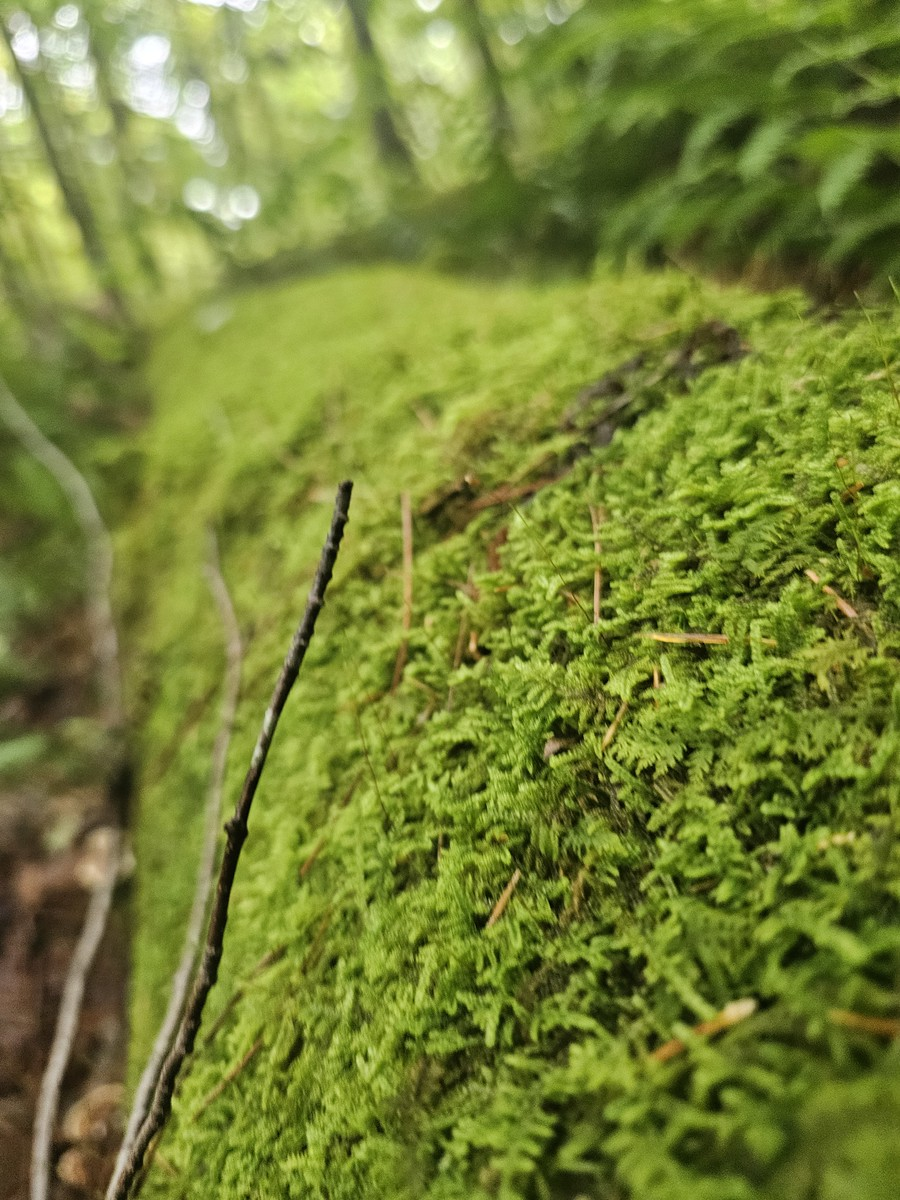Campbell Falls State Park: Connecticut's Hidden Waterfall Gem on the Massachusetts Border
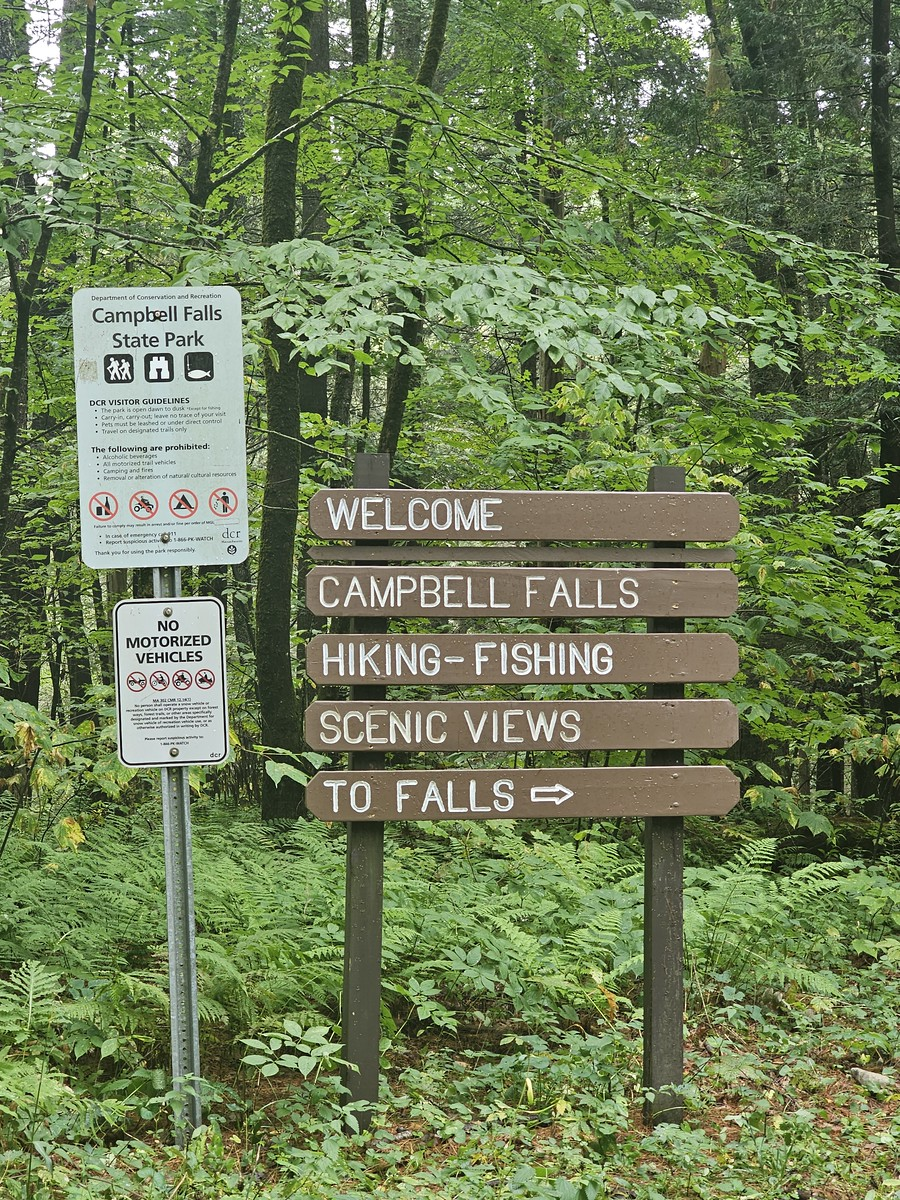
Sometimes you need to get out and touch grass, as the kids say. That restless feeling hit me hard the other day, and I knew exactly where to go – Campbell Falls State Park, a hidden waterfall gem straddling the Connecticut-Massachusetts border that's been calling my name since childhood.
Located at Old Spaulding Road in Norfolk, Connecticut, Campbell Falls isn't your typical crowded tourist destination. This short but rewarding hike packs a serious punch, delivering one of the most impressive waterfalls in the region after just a brief woodland walk. Boy, was I ready for some serious nature therapy.
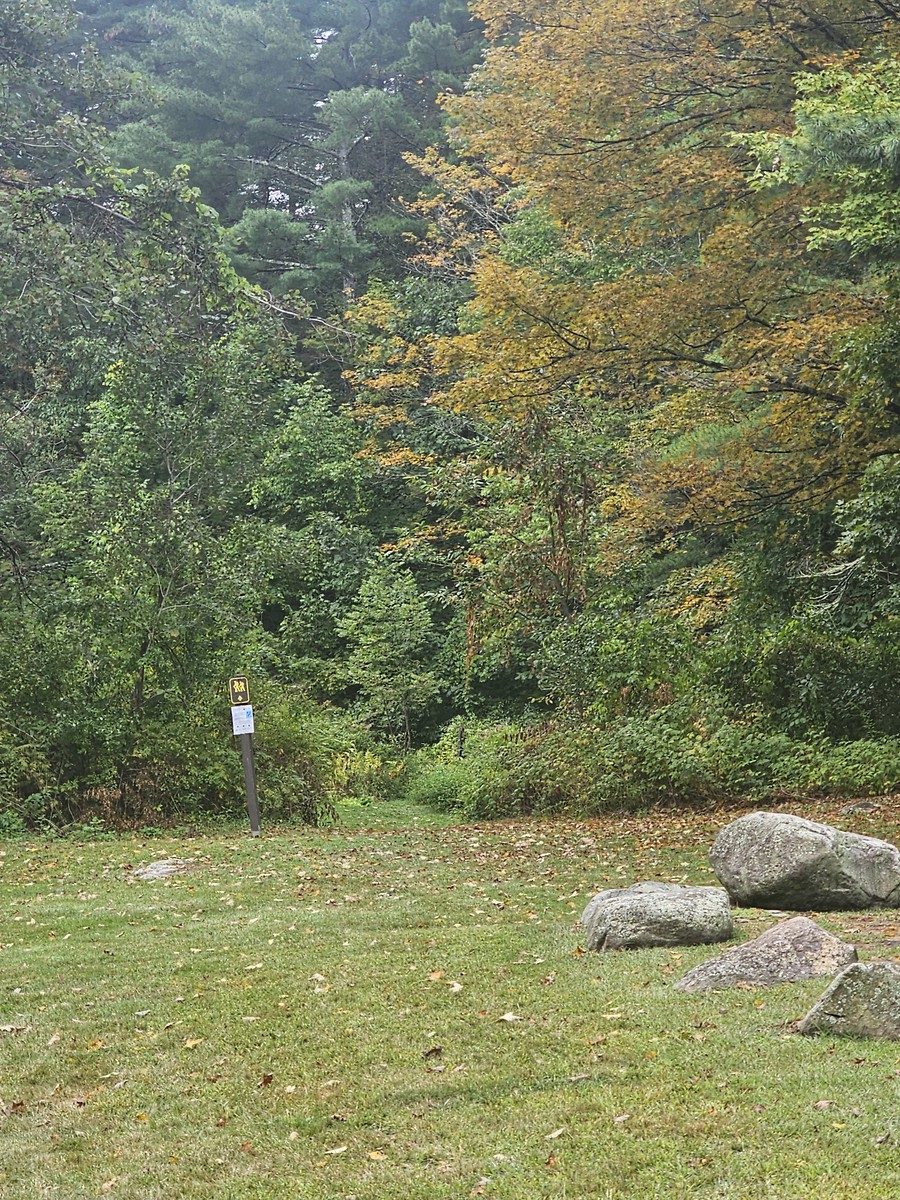
Getting to Campbell Falls State Park
- Googel amp link : https://maps.app.goo.gl/uax8Ud9NnDmNTeD76
- Campbell Falls State Park | Old, Spaulding Rd, Norfolk, CT 06058
- Link for more information: https://portal.ct.gov/deep/state-parks/reserves/campbell-falls-state-park-reserve
Finding Campbell Falls takes a bit of local knowledge. The park sits right on the border between Connecticut and Massachusetts, accessible via Old Spaulding Road in Norfolk. Here's the thing most people miss – there are actually two parking areas, and choosing the right one makes all the difference.
The first parking lot you'll encounter is smaller and closer to the falls. Most visitors grab this spot and call it good. But if you continue down the road and turn onto another smaller road, you'll find a second parking area that's a bit farther out. I always choose the farther lot because it gives me that extended woods walk I'm craving. That extra distance through the forest? That's where the real magic happens.
The GPS coordinates will get you close, but keep your eyes peeled for the entrance – it's easier to miss than you'd expect. No fancy signs or tourist infrastructure here, just a simple access point to one of Connecticut's most spectacular natural features.
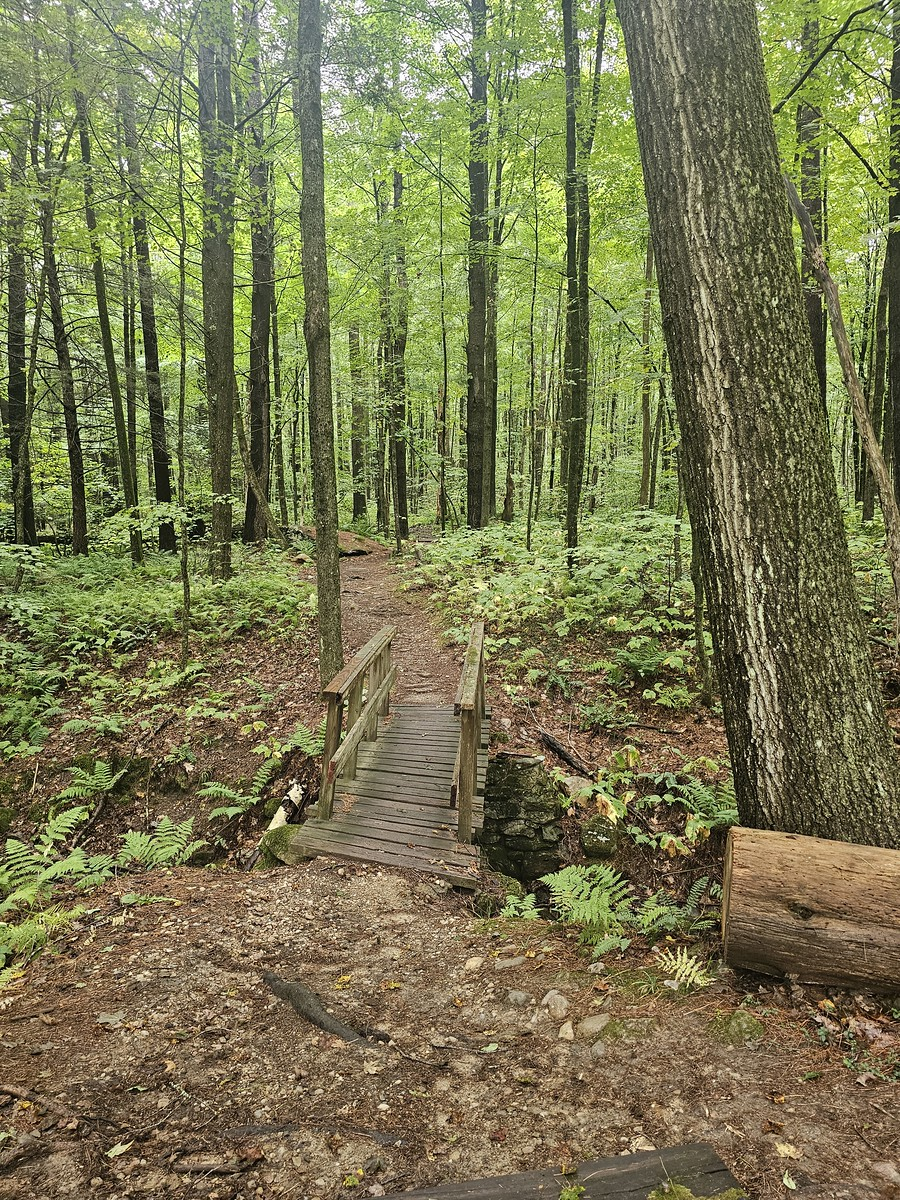
The Trail Experience: Short Distance, Big Payoff
Campbell Falls delivers exactly what I love about Connecticut hiking – maximum reward for minimal effort. The trail itself covers just about half a mile, but don't let that short distance fool you. This isn't a casual stroll through manicured park paths.
Starting from the farther parking lot, the trail begins with a gentle walk across a small field before diving into proper Connecticut woodland. The path is well-defined but not overdeveloped, maintaining that authentic wilderness feel that makes you forget you're just minutes from civilization.
The woods here feel ancient and untouched. Tall pines create a natural cathedral overhead, and the forest floor crunches satisfyingly under your boots. This is classic New England hiking – rocky terrain, root-crossed paths, and that distinctive smell of pine needles and damp earth.
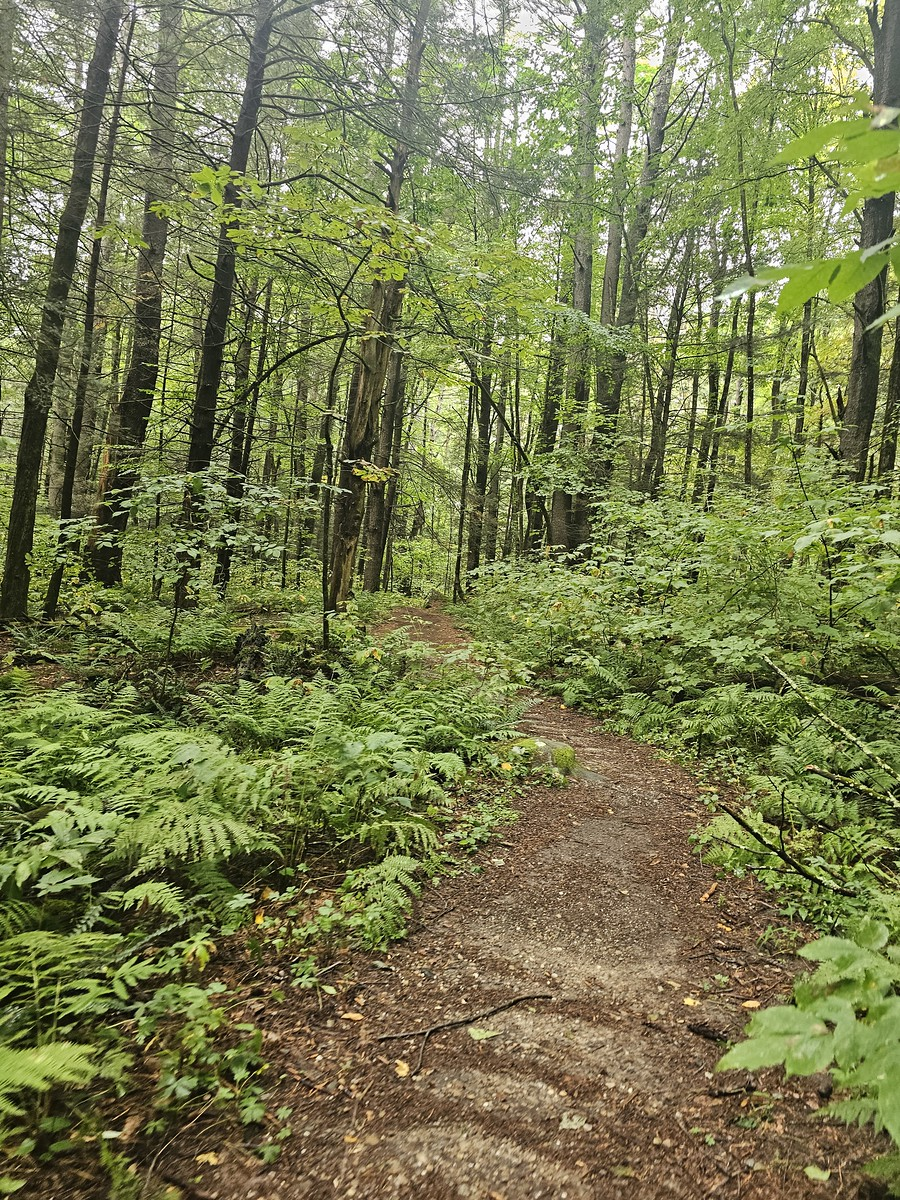
The Historic Connecticut-Massachusetts Border Stone
One of the coolest features of this hike isn't natural at all – it's the original boundary stone marking the Connecticut-Massachusetts border. This historic marker has been fascinated visitors for generations, and I remember being absolutely captivated by it as a kid. Even now as an adult, there's something powerful about standing at the exact point where two states meet.
The stone represents centuries of American history, placed when these colonial boundaries were first established. It's a tangible connection to the past that adds serious depth to what could otherwise be just another waterfall hike. For history buffs and curious travelers alike, this boundary marker provides a unique photo opportunity and a moment to reflect on the region's colonial heritage.
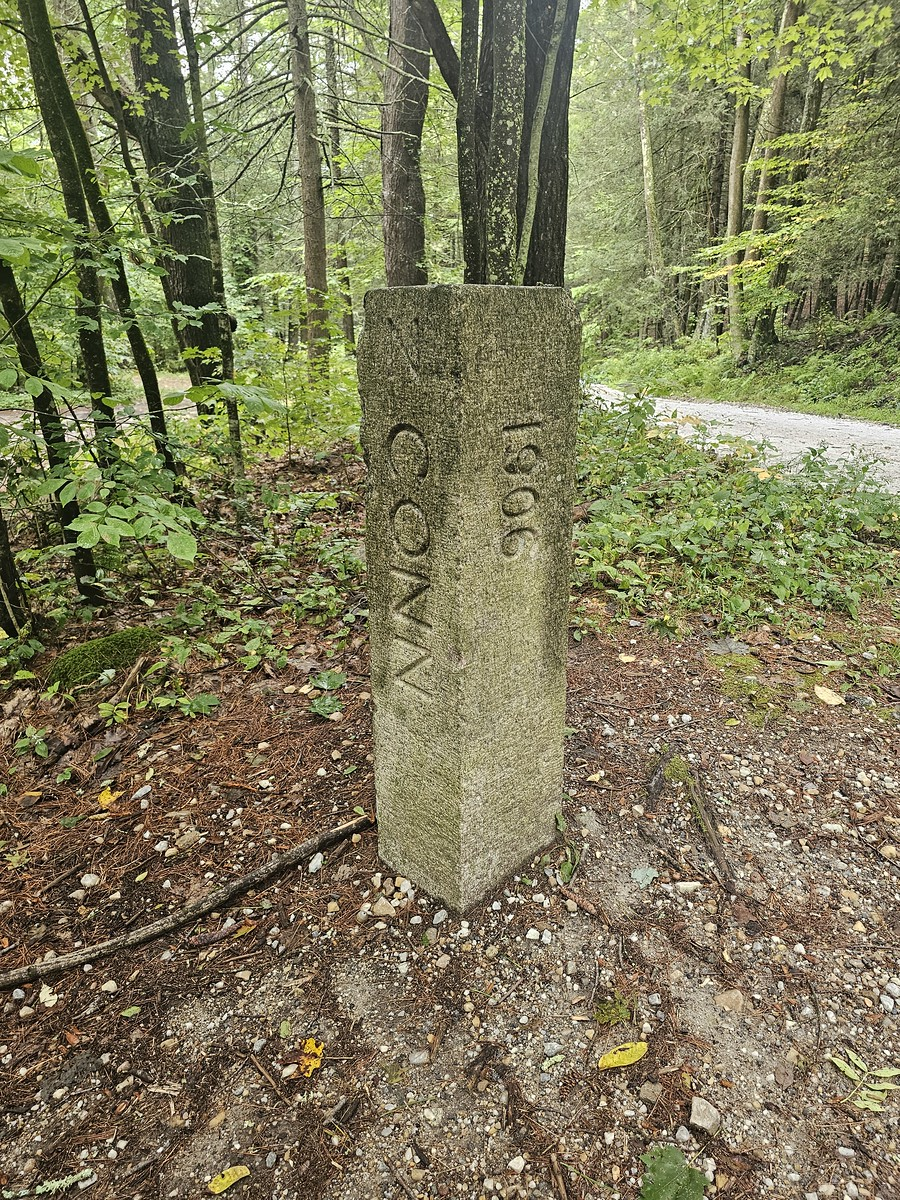
Navigating the Footbridge and Trail Junction
The trail's most crucial navigation point comes at a small footbridge crossing a modest stream. This is where many hikers get confused, but the route is actually straightforward once you know what to look for.
At the bridge, you'll see paths heading both left and right. The left path leads directly to Campbell Falls – this is your primary destination. The right path connects to other trail systems in the area, offering longer hiking options for those looking to extend their adventure. I've always been curious about these extended trails, but on this particular day, the falls were calling my name.
After crossing the bridge and taking the left path, the trail continues through dense woodland for another few minutes before reaching the second part of the hike – the descent to the falls themselves.
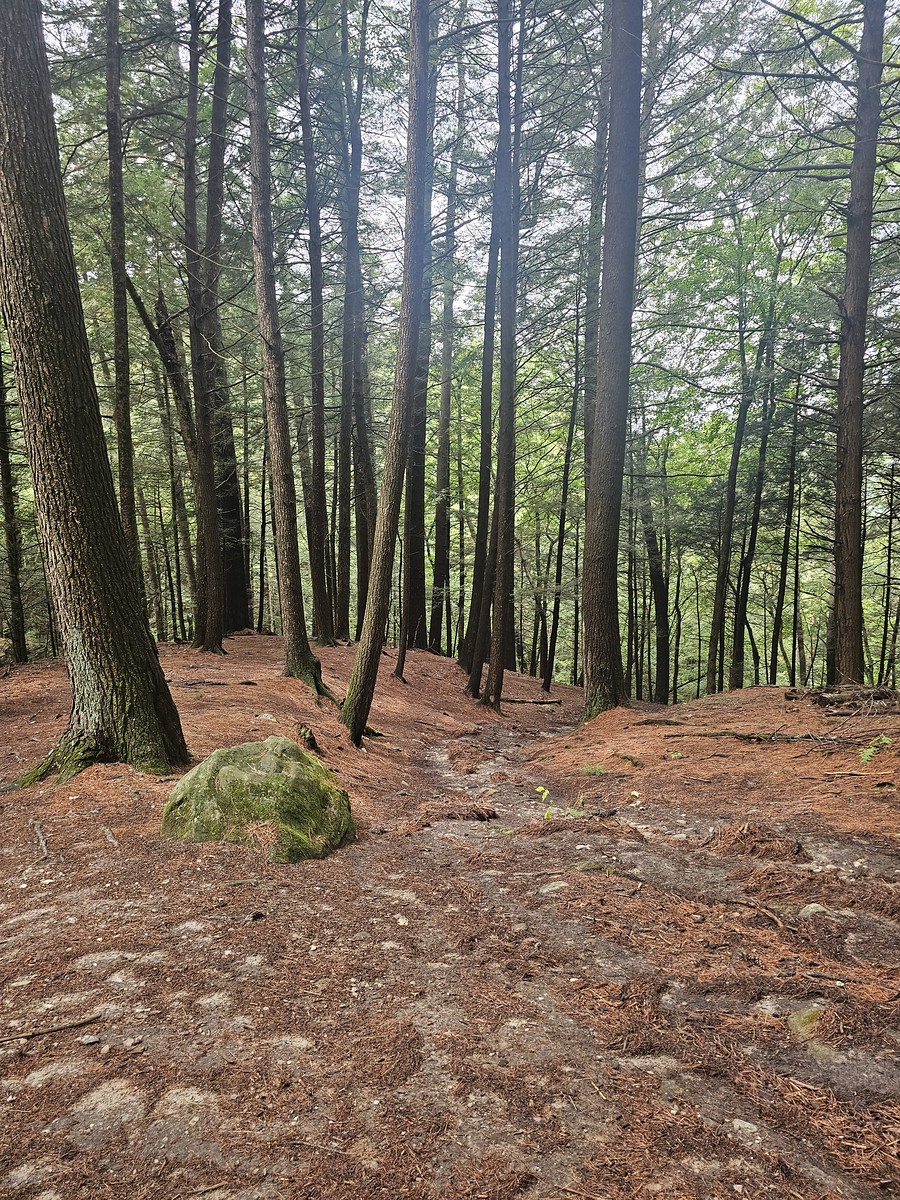
The Descent: Steep but Manageable
Here's where Campbell Falls separates casual walkers from committed hikers. The descent to the waterfall base is steep enough to get your heart pumping and challenge your balance, especially during winter months when ice can make conditions treacherous.
During my early fall visit, the path was in perfect condition – steep enough to be interesting, but not dangerous. The trail drops quickly through a rocky ravine, with the sound of rushing water growing louder with each step. This descent can be challenging to navigate back up, and I remember as kids we'd challenge ourselves to race back up this hill. Now, with a bit more wisdom and a lot less energy, I take my time and enjoy the journey.
The ravine walls on either side create a natural amphitheater that amplifies the sound of the waterfall long before you see it. That auditory anticipation builds excitement and lets you know you're approaching something special.
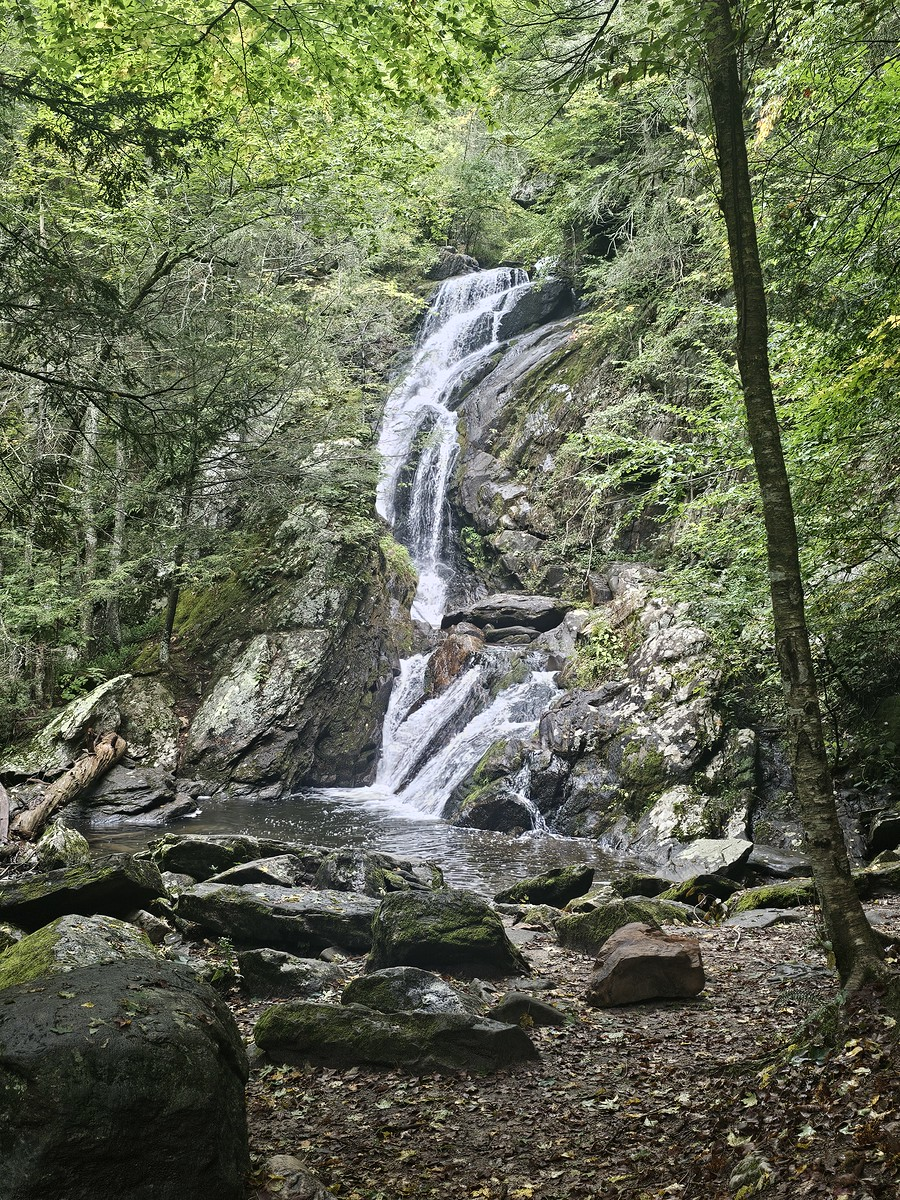
Campbell Falls: Nearly 100 Feet of Connecticut Power
When Campbell Falls finally comes into view, it delivers everything you've been hoping for. The Whiting River, originating in Massachusetts, plunges nearly 100 feet in a series of dramatic cascades that showcase the raw power of New England's natural forces.
The falls aren't just one simple drop – they're a complex series of cascades that create multiple viewing opportunities and exploration options. You can enjoy the spectacle from the bottom pool, where the full height and power of the falls create an impressive display, or you can scramble over rocks to the right side for different perspectives.
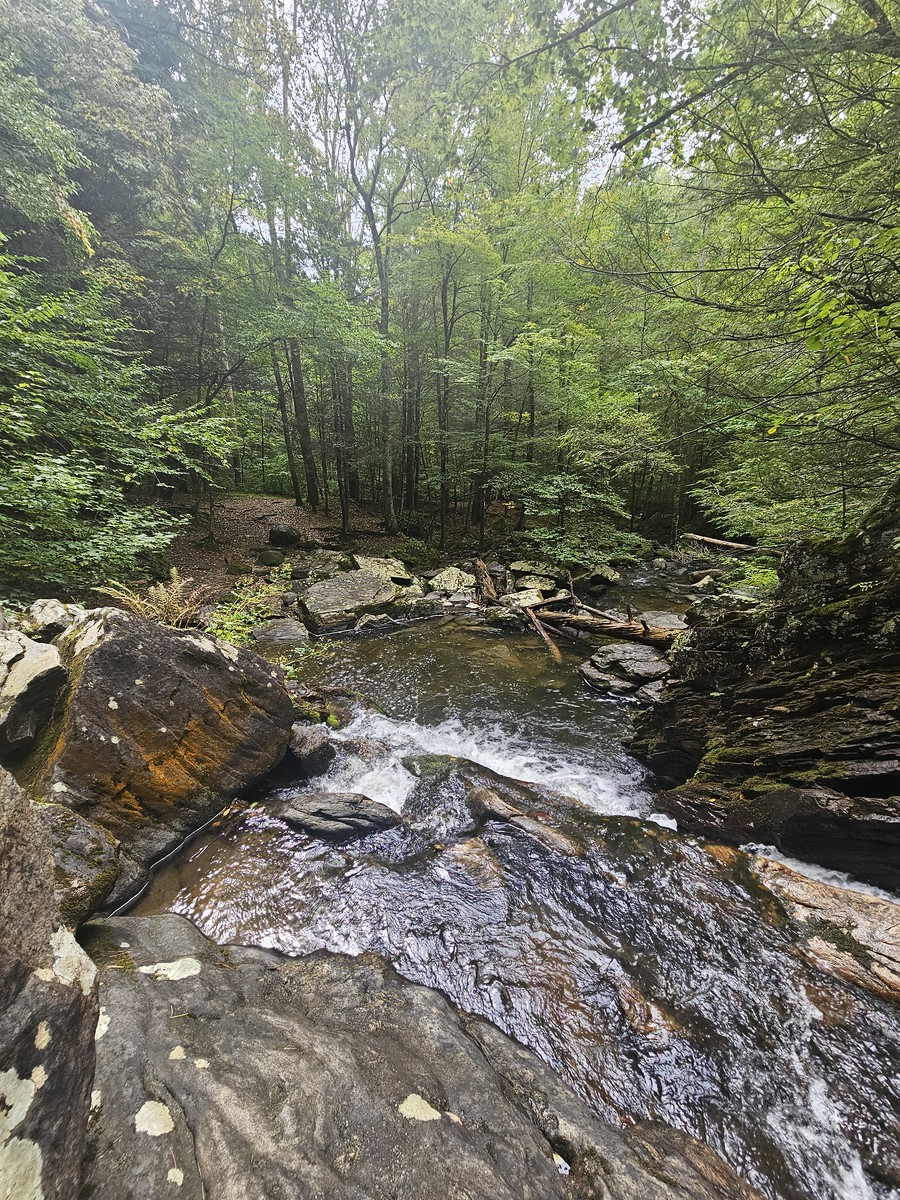
For the more adventurous, there's a second swimming pool area accessible by careful rock hopping. During warmer months, this spot offers a refreshing dip in mountain-fresh water. But even during cooler weather, it's worth the careful climb for the unique vantage point and photo opportunities.
Going Behind the Waterfall
One of Campbell Falls' most unique features is the ability to actually walk behind the waterfall itself. This isn't something you can do at every waterfall, and it creates an almost magical experience that few Connecticut hikes can match.
Standing behind the falling water, you're surrounded by the thunderous sound and cool mist while looking out through a natural water curtain. It's a perspective that photographs can't capture and an experience that creates lasting memories. The rock formation behind the falls is solid enough to explore safely, though you'll definitely get wet in the process.
The wind coming off the falls creates its own microclimate – cooler temperatures and constant moisture that feels incredibly refreshing, especially during hot summer months. I spent considerable time just sitting in this natural sanctuary, meditating on the power of water and the timeless nature of this landscape.
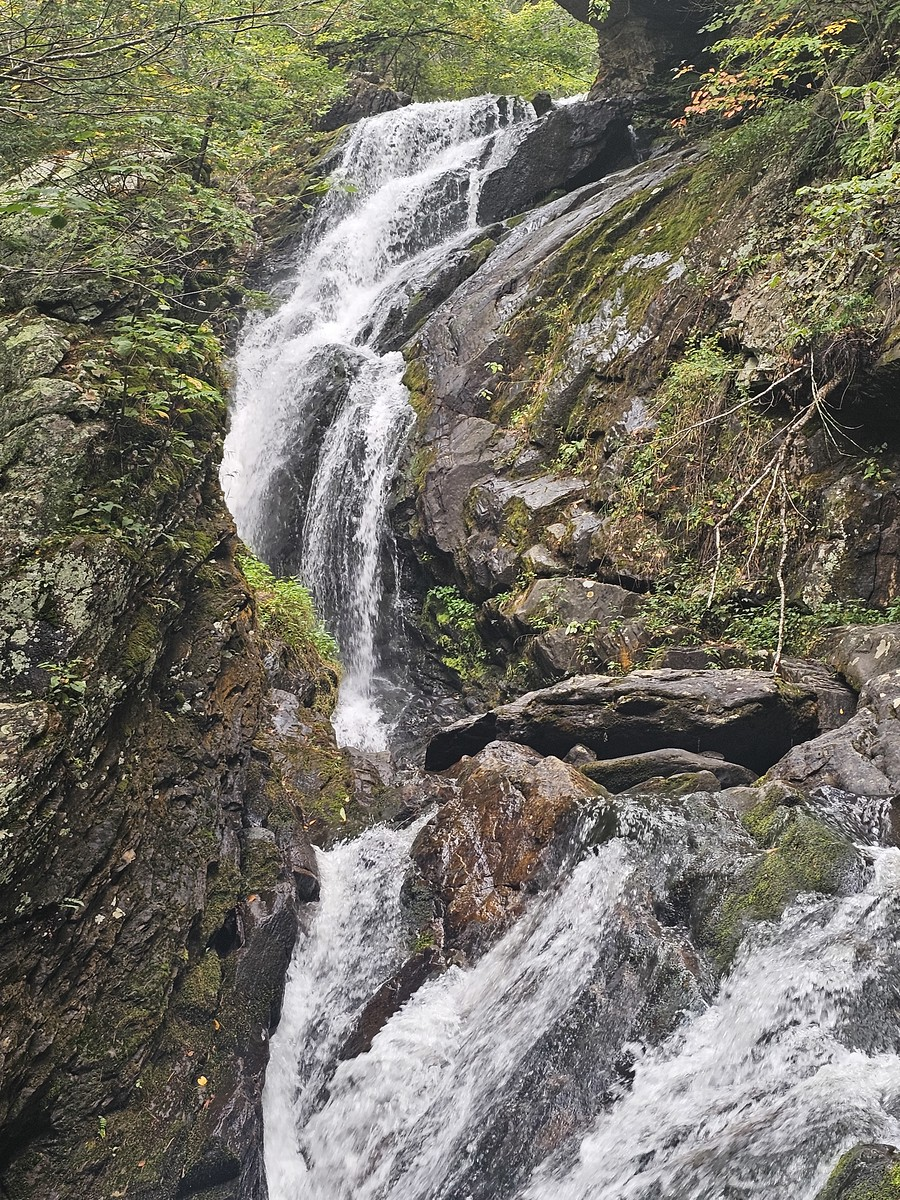
Seasonal Considerations and Best Times to Visit
Campbell Falls offers different experiences throughout the year, each with distinct advantages and challenges. Early fall, when I made this particular visit, provides ideal conditions – comfortable temperatures, stable trail conditions, and impressive water flow from late summer rains.
Winter visits can be spectacular but require serious caution. That steep descent becomes genuinely dangerous when covered with ice, and the waterfall itself often freezes into dramatic ice formations. Experienced winter hikers with proper equipment can have incredible experiences here, but casual visitors should stick to warmer months.
Spring brings maximum water flow as snowmelt and spring rains feed the Whiting River. This is when Campbell Falls truly shows its power, but trail conditions can be muddy and unpredictable.
Summer offers the best swimming opportunities and most comfortable hiking conditions, though it's also when you're most likely to encounter other visitors.
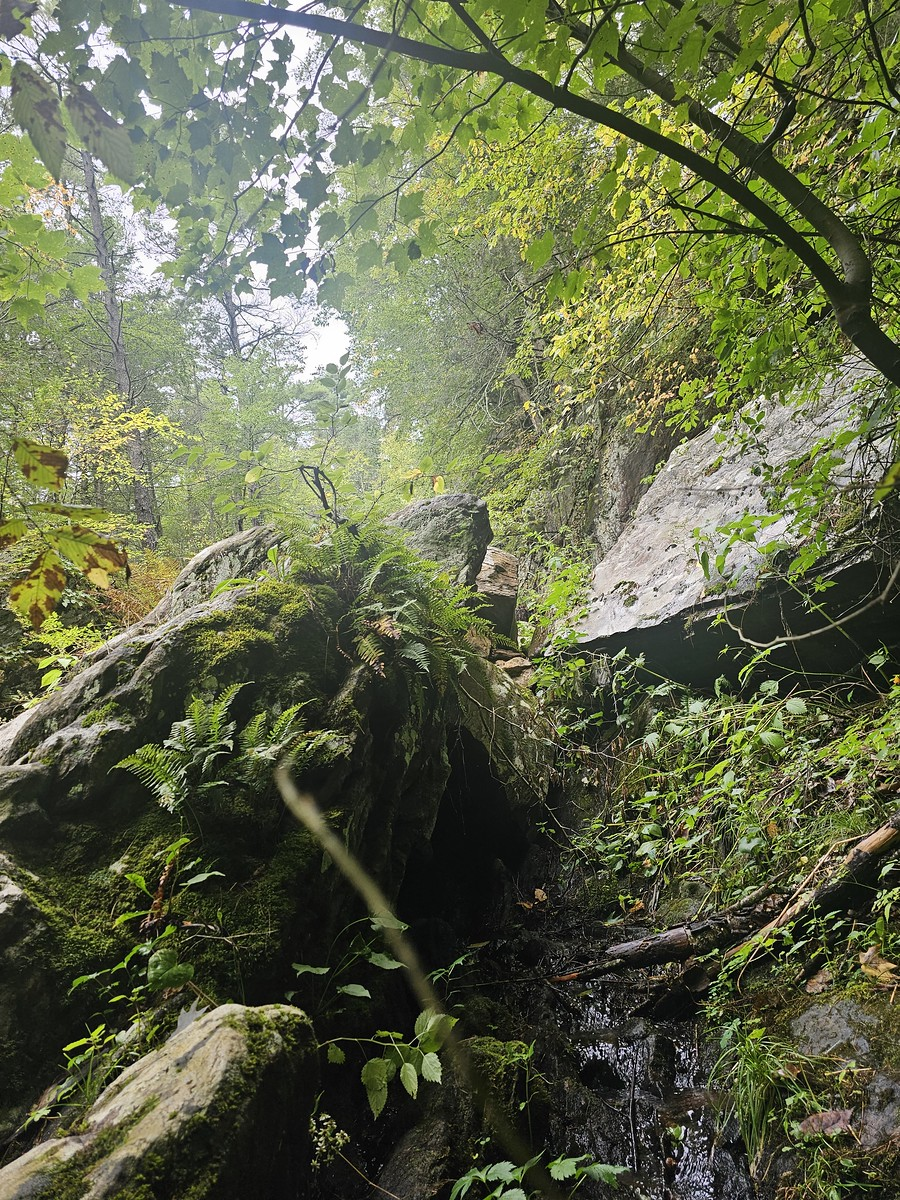
Wildlife and Natural Environment
The Campbell Falls area supports diverse New England wildlife, though most animals stay well hidden from human visitors. During my hike, I heard plenty of rustling in the underbrush and saw evidence of deer activity throughout the forest.
The pine forest ecosystem here is classic Connecticut wilderness – a mix of white pines, hemlocks, and hardwood species that create varied habitat for local wildlife. Bird watching can be excellent, especially during migration seasons when various species use this river corridor as a travel route.
The Whiting River itself supports aquatic life, though fishing isn't the primary draw for most visitors. The focus here is definitely on the dramatic landscape and peaceful forest environment rather than specific wildlife viewing opportunities.
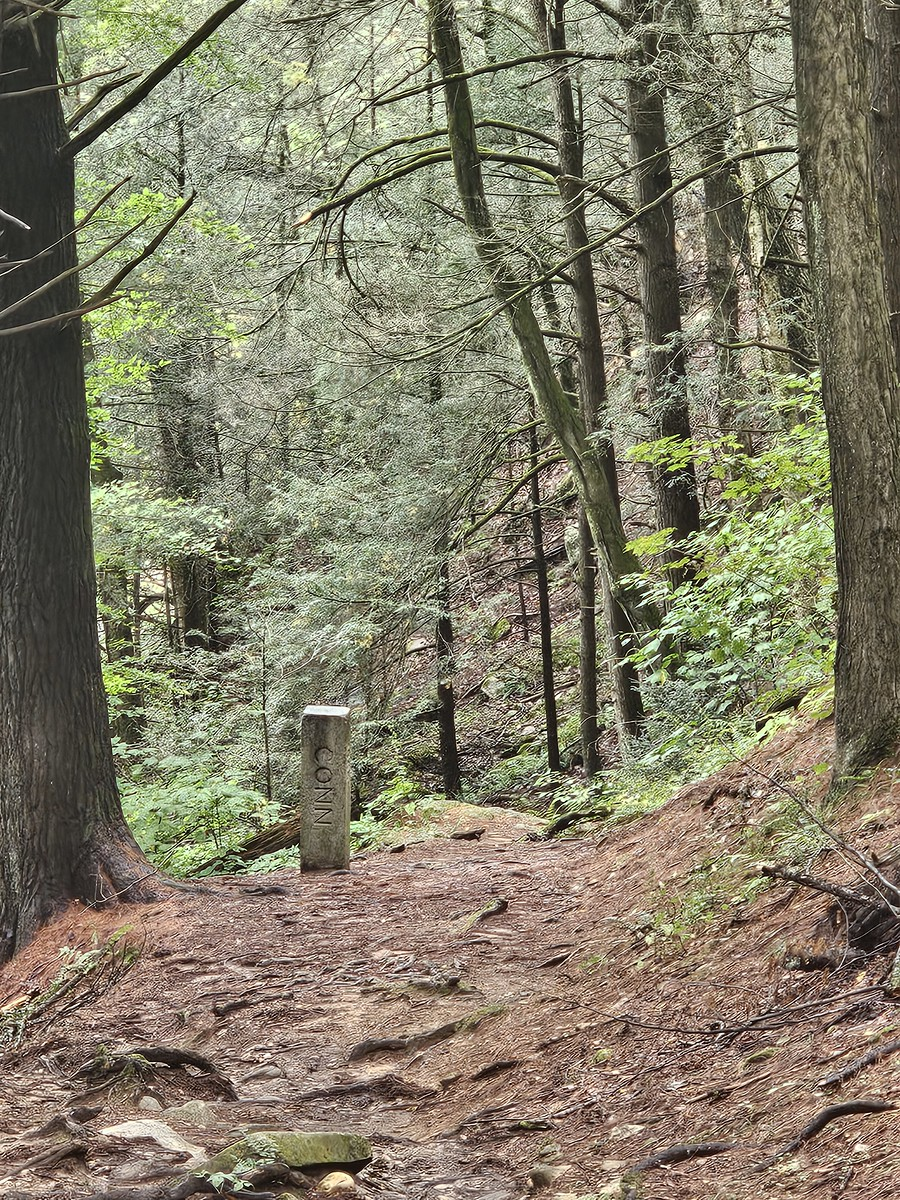
The Historic Partnership: Connecticut and Massachusetts Cooperation
Campbell Falls State Park Reserve represents a unique governmental cooperation between Connecticut and Massachusetts. Gifted to both states by the White Memorial Foundation of Litchfield, Connecticut, in 1923, the park required special legislation in 1924 to authorize the joint care and maintenance agreement.
This cooperative management model was unusual for its time and demonstrates the foresight of early conservationists who recognized that natural wonders don't respect political boundaries. The partnership has successfully protected this area for over a century, ensuring that future generations can experience the same natural beauty that captivated visitors in the 1920s.
Understanding this history adds depth to any visit. You're not just seeing a waterfall – you're experiencing a pioneering conservation success story that helped establish precedents for interstate park cooperation throughout New England.
Meeting Fellow Hikers and Trail Community
During my visit, I encountered the usual mix of Campbell Falls visitors – a couple of older couples exploring the area at a leisurely pace, and a family with kids who had the same wide-eyed fascination with the boundary stone that I remember from childhood.
One kid on the trail seemed initially uncertain about the descent but eventually made his way down to the waterfall with obvious pride in his accomplishment. Watching that transformation reminded me why places like Campbell Falls matter – they provide accessible challenges that build confidence and create lasting connections with nature.
The hiking community at Campbell Falls tends to be respectful and low-key. This isn't a social hiking destination like some of the more popular Connecticut peaks. Instead, it attracts people seeking genuine natural experiences without crowds or commercialization.
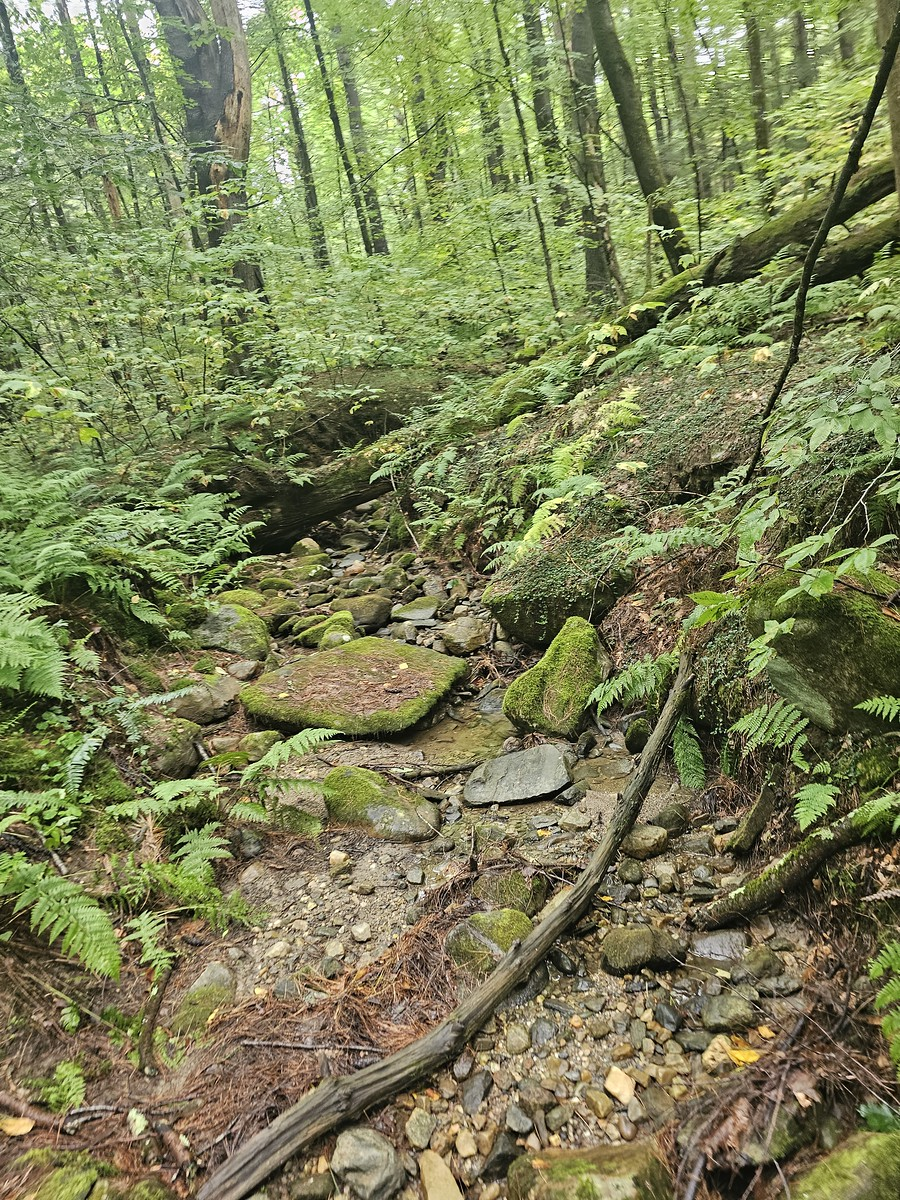
The Challenging Return: Heart-Pumping Ascent
The walk back up that steep ravine definitely gets your blood flowing and reminds you that even short hikes can provide legitimate exercise. This ascent is by far the most physically demanding part of the Campbell Falls experience, but it's manageable for anyone in reasonable shape.
The key is pacing yourself and enjoying the unique perspective you get looking down into the ravine during the climb. The rock formations and forest views from this angle are completely different from what you see during the descent, making the return journey feel like a new experience rather than simple backtracking.
I found myself stopping multiple times, partly to catch my breath but mostly to appreciate views I'd missed on the way down. The combination of physical exertion and natural beauty creates exactly the kind of balanced outdoor experience I was seeking.
Practical Information for Planning Your Visit
Campbell Falls requires minimal planning but benefits from knowing a few key details. The park is free to access, with no fees or permits required. Basic facilities are limited – don't expect restrooms, water fountains, or snack bars. This is old-school hiking where you bring everything you need.
Parking is limited, especially at the closer lot, so arriving early or visiting during weekdays increases your chances of finding space. The trail can accommodate various skill levels, but the steep descent requires reasonable mobility and confidence on uneven terrain.
Weather conditions significantly impact the experience. Check recent rainfall for water flow predictions, and avoid icy conditions unless you're equipped for winter hiking. The trail can become slippery when wet, so proper footwear is essential.
Photography and Memory Making
Campbell Falls offers excellent photography opportunities for both landscape and action shots. The multiple cascade levels provide various compositions, while the ability to get behind the waterfall creates unique perspective options.
Early morning visits often provide the best lighting, with sun filtering through the forest canopy to create dramatic light and shadow contrasts. The mist from the falls can create rainbow effects under the right conditions, though this requires some patience and timing.
For smartphone photographers, the challenging lighting conditions around waterfalls can be tricky, but the dramatic setting compensates for technical limitations. Even basic phone cameras can capture compelling images that convey the power and beauty of this location.
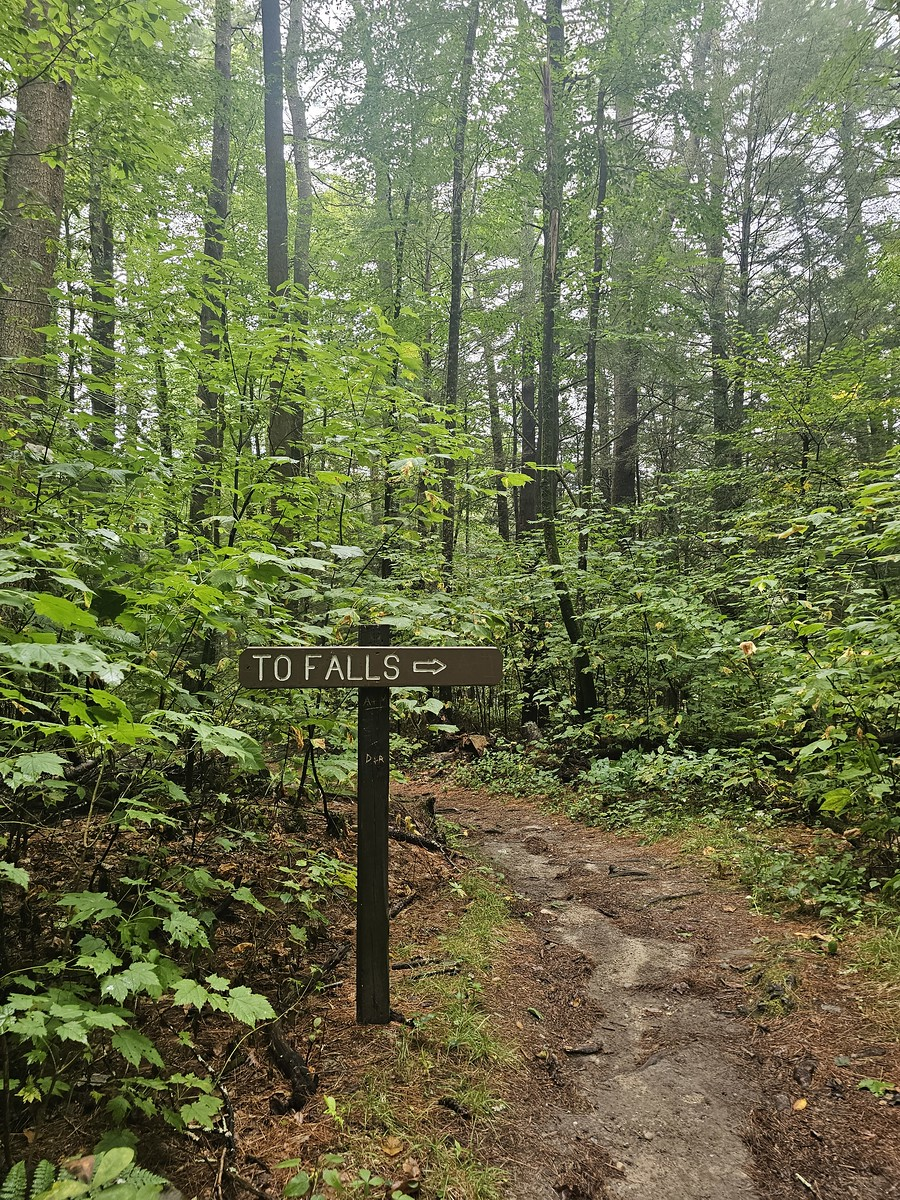
Connecting with Connecticut's Natural Heritage
Campbell Falls represents exactly what makes Connecticut hiking special – accessible natural beauty that doesn't require extreme effort or specialized equipment. This is hiking for people who love the outdoors but don't need to conquer mountains or challenge themselves with extreme endurance tests.
The combination of forest walking, historic landmarks, and dramatic waterfall scenery creates a well-rounded outdoor experience that satisfies multiple interests. Whether you're a history buff, nature photographer, casual hiker, or someone simply seeking peace in natural surroundings, Campbell Falls delivers.
Sitting in my car after the hike, looking out over the small field near the parking area, I reflected on why places like this matter. In our increasingly digital world, these pockets of authentic natural experience become more valuable every year. Campbell Falls isn't just a destination – it's a reminder of what we're protecting and why outdoor spaces deserve our attention and respect.
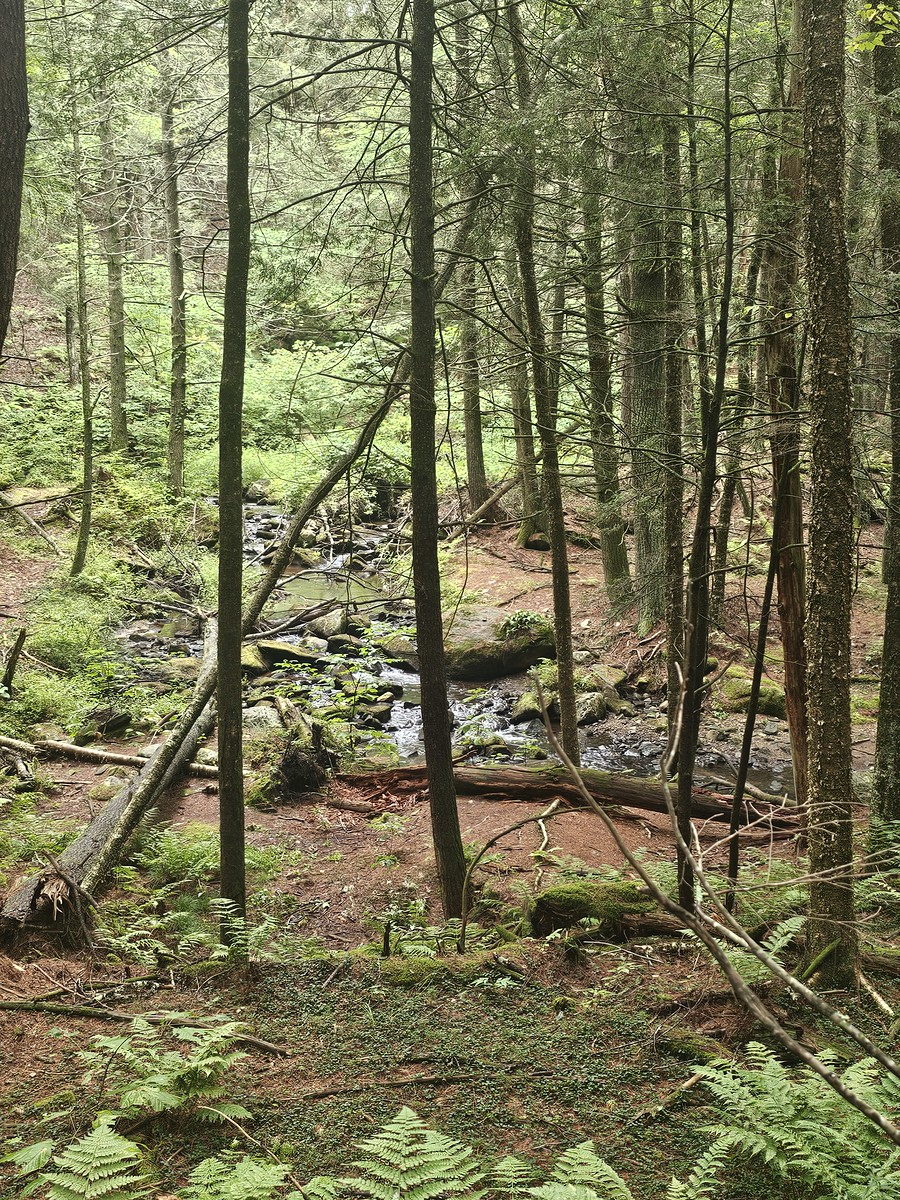
Final Thoughts: Why Campbell Falls Matters
My return visit to Campbell Falls reinforced why this spot has remained special throughout my life. It's not the most challenging hike in Connecticut, nor the most spectacular waterfall in New England. But it offers something increasingly rare – an authentic natural experience without crowds, commercialization, or complicated logistics.
The short distance makes it accessible to various fitness levels, while the dramatic payoff ensures that everyone leaves feeling like they've accomplished something meaningful. The historic elements add educational value, and the peaceful forest setting provides genuine restoration for anyone seeking escape from daily pressures.
Campbell Falls proves that you don't need to travel far or invest huge amounts of time to connect with nature in meaningful ways. Sometimes the best adventures are hiding in plain sight, waiting for those willing to venture just slightly off the beaten path.
For anyone seeking to touch grass, clear their head, or simply remember why Connecticut's natural areas deserve protection, Campbell Falls State Park offers a perfect combination of accessibility and authentic wilderness experience. Just don't forget to appreciate that boundary stone – it's been marking this special place for longer than any of us have been alive.
